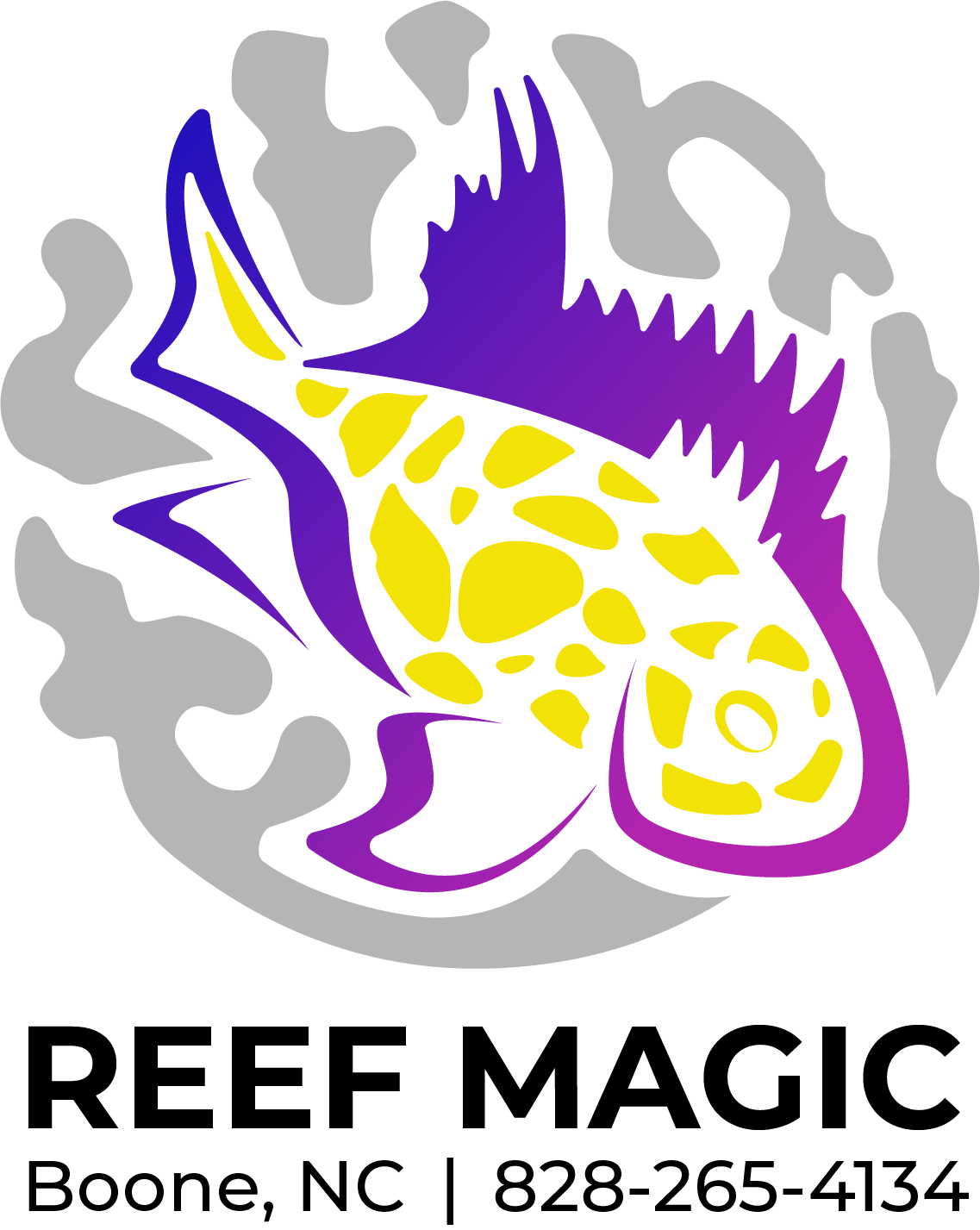 Image 1 of 1
Image 1 of 1


Tang- Orange Shoulder XL
Orange Shoulder Tangs (Acanthurus olivaceus) are vibrant, active fish that can make a wonderful addition to a large marine aquarium. Here are the care requirements for keeping Orange Shoulder Tangs:
Tank Requirements
Tank Size: A minimum of 125 gallons is recommended due to their size and active swimming habits. They can grow up to 14 inches in length.
Water Parameters:
Temperature: 72-78°F (22-26°C)
pH: 8.1-8.4
Salinity: 1.020-1.025
Ammonia, Nitrite, Nitrate: 0 ppm for ammonia and nitrite; less than 20 ppm for nitrate
Habitat Setup
Live Rock: Provide plenty of live rock for grazing and hiding spots.
Substrate: Sand or fine gravel substrate.
Lighting: Moderate to strong lighting is beneficial, especially if you have live corals.
Feeding
Diet: Orange Shoulder Tangs are primarily herbivores but will also eat meaty foods. Offer a varied diet including:
Marine algae and seaweed (nori sheets)
Spirulina
High-quality flake and pellet foods formulated for herbivorous fish
Frozen foods such as mysis shrimp, brine shrimp, and finely chopped seafood
Feeding Frequency: Feed 2-3 times daily to meet their dietary needs and maintain their health.
Behavior and Compatibility
Temperament: Generally peaceful but can be territorial, especially towards other tangs. They are best kept singly or in large tanks with other tangs to reduce aggression.
Tank Mates: Suitable tank mates include other peaceful fish species. Avoid housing them with overly aggressive fish. They do well in a community tank with other herbivores and non-aggressive species.
Maintenance
Regular Water Changes: Perform regular water changes (10-20% weekly) to maintain water quality.
Filtration: Ensure strong filtration and good water circulation to maintain high water quality.
Health Monitoring: Regularly check for signs of disease or stress, such as changes in appetite, color, or behavior.
Special Considerations
Active Swimmers: Provide plenty of open swimming space, as they are very active and need room to swim.
Acclimation: Use a drip acclimation method to gradually introduce the fish to your tank's water parameters to avoid shock.
Disease Prevention: Tangs are prone to marine ich and other parasitic infections. Maintain excellent water quality and consider using a quarantine tank for new additions.
By maintaining proper tank conditions and providing a suitable diet, Orange Shoulder Tangs can thrive in a home aquarium, showcasing their vibrant coloration and active behaviors.
Orange Shoulder Tangs (Acanthurus olivaceus) are vibrant, active fish that can make a wonderful addition to a large marine aquarium. Here are the care requirements for keeping Orange Shoulder Tangs:
Tank Requirements
Tank Size: A minimum of 125 gallons is recommended due to their size and active swimming habits. They can grow up to 14 inches in length.
Water Parameters:
Temperature: 72-78°F (22-26°C)
pH: 8.1-8.4
Salinity: 1.020-1.025
Ammonia, Nitrite, Nitrate: 0 ppm for ammonia and nitrite; less than 20 ppm for nitrate
Habitat Setup
Live Rock: Provide plenty of live rock for grazing and hiding spots.
Substrate: Sand or fine gravel substrate.
Lighting: Moderate to strong lighting is beneficial, especially if you have live corals.
Feeding
Diet: Orange Shoulder Tangs are primarily herbivores but will also eat meaty foods. Offer a varied diet including:
Marine algae and seaweed (nori sheets)
Spirulina
High-quality flake and pellet foods formulated for herbivorous fish
Frozen foods such as mysis shrimp, brine shrimp, and finely chopped seafood
Feeding Frequency: Feed 2-3 times daily to meet their dietary needs and maintain their health.
Behavior and Compatibility
Temperament: Generally peaceful but can be territorial, especially towards other tangs. They are best kept singly or in large tanks with other tangs to reduce aggression.
Tank Mates: Suitable tank mates include other peaceful fish species. Avoid housing them with overly aggressive fish. They do well in a community tank with other herbivores and non-aggressive species.
Maintenance
Regular Water Changes: Perform regular water changes (10-20% weekly) to maintain water quality.
Filtration: Ensure strong filtration and good water circulation to maintain high water quality.
Health Monitoring: Regularly check for signs of disease or stress, such as changes in appetite, color, or behavior.
Special Considerations
Active Swimmers: Provide plenty of open swimming space, as they are very active and need room to swim.
Acclimation: Use a drip acclimation method to gradually introduce the fish to your tank's water parameters to avoid shock.
Disease Prevention: Tangs are prone to marine ich and other parasitic infections. Maintain excellent water quality and consider using a quarantine tank for new additions.
By maintaining proper tank conditions and providing a suitable diet, Orange Shoulder Tangs can thrive in a home aquarium, showcasing their vibrant coloration and active behaviors.






